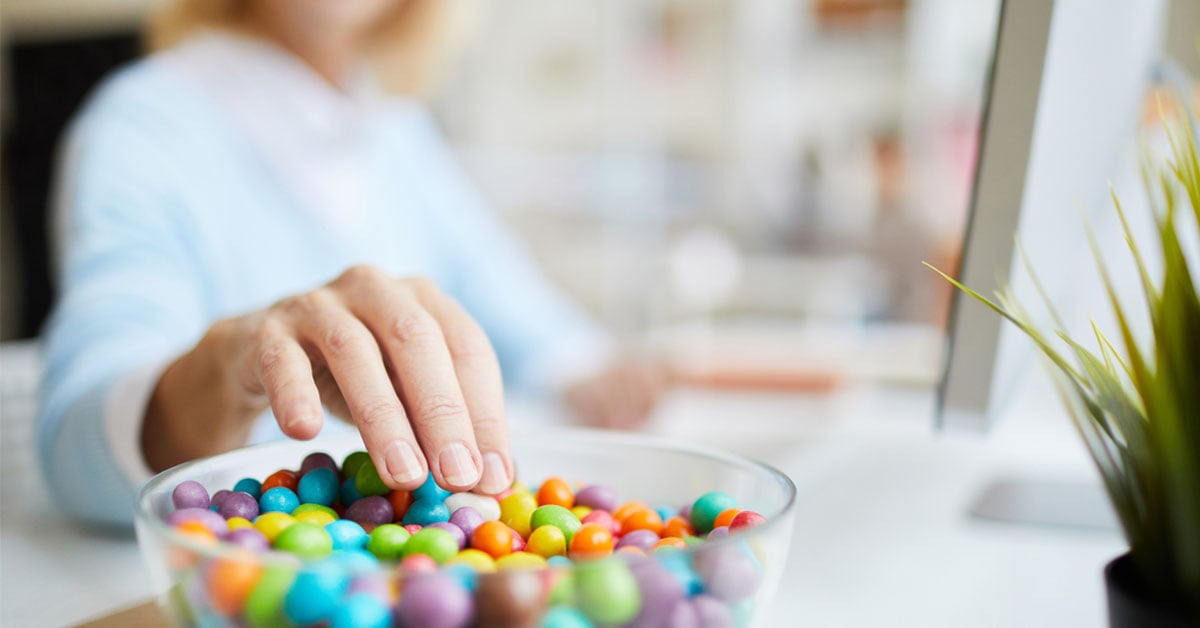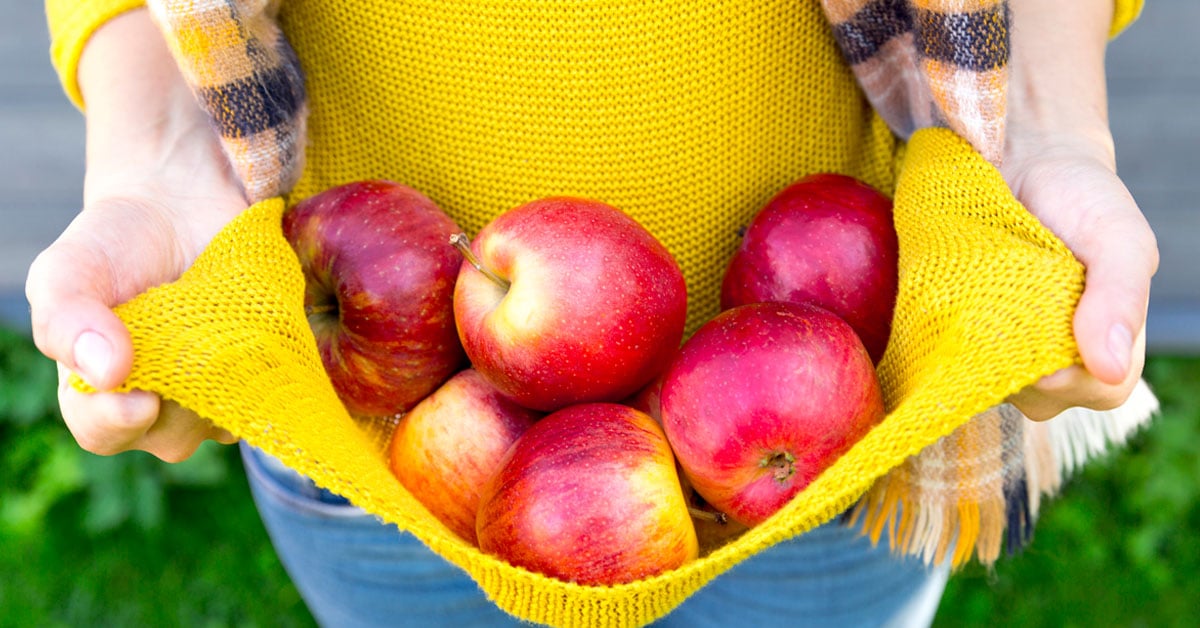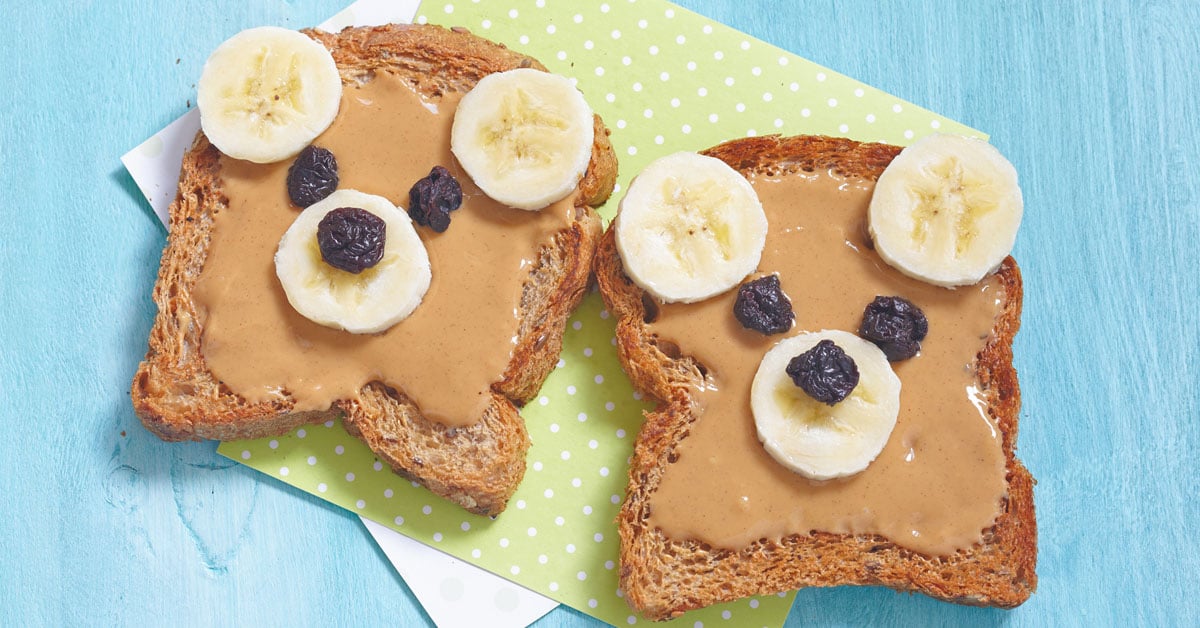
This article has been updated from a post originally published on 4/20/16.
Almost everyone loves sweets. If you don’t, you probably know someone who does.
Whether it’s candy, chocolate, soda, or ice cream, sugary foods and drinks are almost always near the top of someone’s “guilty pleasures” list.
Interestingly, from an evolutionary standpoint, this craving makes sense. Sweet flavored foods are typically high in calories, providing a ready source of energy for our hunter-gatherer ancestors to rely on. Logically, then, over time, the sweet flavor has come to activate the pleasure center of our brain more than other flavors.
Of course, the kinds of sweets we have access to today are much different from the beets or nectar our ancestors could stumble upon.
This means we are faced with a dilemma: How can you satisfy your natural desire for sweetness without being unhealthy and damaging your teeth?
Here are five tips to help you soothe your sweet tooth in a healthy way:
Rely on nature’s candy

Most fruits and some vegetables have a lot of naturally occurring sugar in them called fructose.
Some great examples of deliciously sweet fruits and veggies are:
- Pineapples
- Carrots
- Sweet Potatoes
- Beets
- Strawberries
- Apples
Eating these kinds of foods whole or minimally processed can provide a great sweet fix, while also offering plenty of nutrients, fiber, and low-fat energy. Drying them can enhance the sweetness even more without losing much of the nutritional value.
Health tip: Dried fruits can be deceiving. Watch out for dried fruits dusted with added sugar.
Snack on something else

While sometimes your sweet tooth is stubborn, it can also be your body’s way of letting you know it can use some more energy. You can override that inclination to reach for a sugary snack and, instead, satisfy hunger in a healthier way. Try grabbing one of these satiating snacks:
- Celery with peanut butter
- Low sugar yogurt
- Nuts
- Low fat granola
- Fruit
Try a glass of water
Surprisingly, even more common than the hunger pang described above, your powerful craving for sweets could be a simple cry for water.
Early stages of dehydration are often mistaken for hunger. Regardless of what other beverages you might consume, your body still needs water - the purer the better.
So, instead of reaching for a handful of candy, fill up a 12-ounce glass with water to drink, and be sure to refill your cup throughout the day.
Learn to read food labels

Sometimes, you just want to give in and eat something sweet every now and then. One of the biggest issues facing us today, though, is the fact that there is added sugar in nearly everything we eat. So, a small treat you decide to grab when you’re craving sweets could be just the tip of a huge, sugary iceberg you’ve already consumed.
To cut down on the total amount of sugar you're consuming, and make it less harmful to have sweets on occasion, it’s important to learn to read food labels and pay special attention to the amount of sugar included.
When you review the ingredients in a packaged food, look for these funny sounding nicknames for tooth-damaging sugar: agave nectar, brown sugar, cane crystals, cane sugar, corn sweetener, corn syrup, crystalline fructose, dextrose, evaporated cane juice, fructose, fruit juice concentrates, glucose, high-fructose corn syrup, honey, invert sugar, lactose, maltose, malt syrup, molasses, raw sugar and sucrose.
Keep in mind, too, that although artificial sweeteners don’t directly promote tooth decay or weight gain, they’re not necessarily a license to eat and drink without caution. So-called “diet” products that contain aspartame, saccharin, xylitol, or Stevia still contain a mix of other ingredients, and it’s the total package that can affect your health. For example, although diet soda won’t cause tooth decay due to too much sugar, it can harm tooth enamel because it’s acidic and harsh on teeth.
Get back to basics: brush and floss
This might sound like obvious advice, but we all need reminders now and then.
Whether the food and drinks you choose are sweet or not, it’s always best to brush and floss after a snack or meal. (Brush at least twice a day and floss once at minimum.) And remember, the sweeter the taste, the more important it is to brush afterward.
